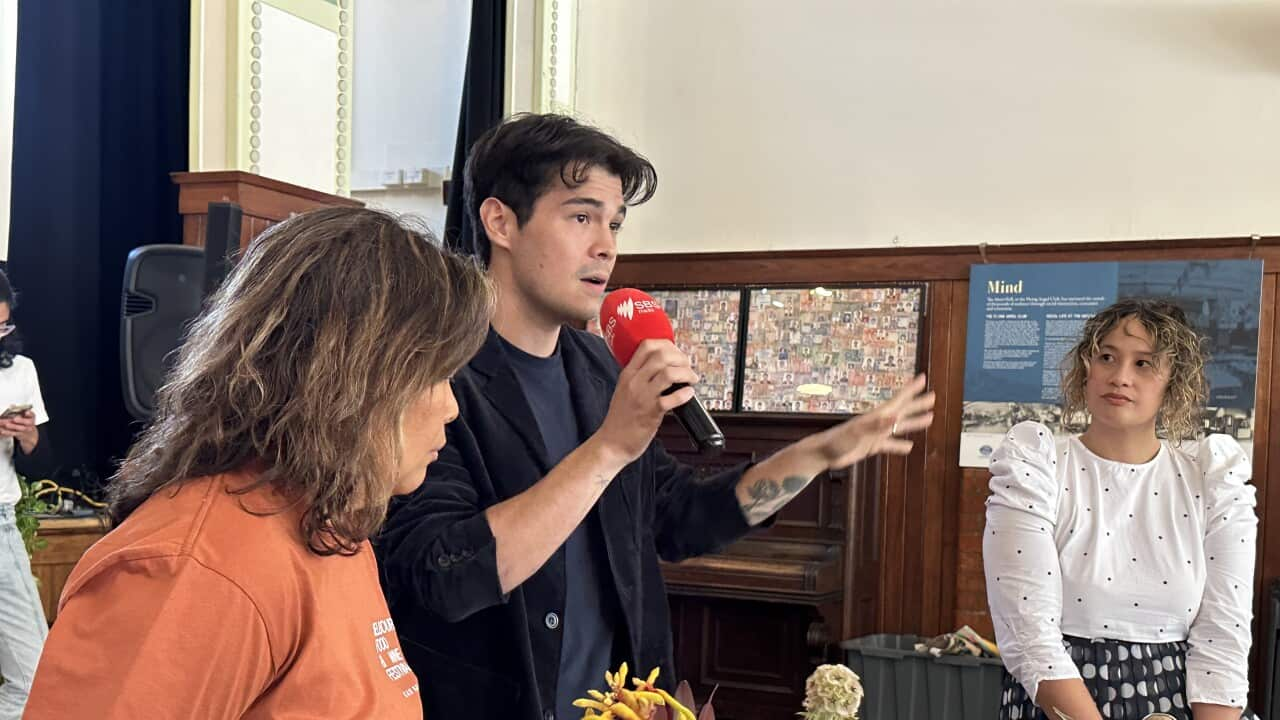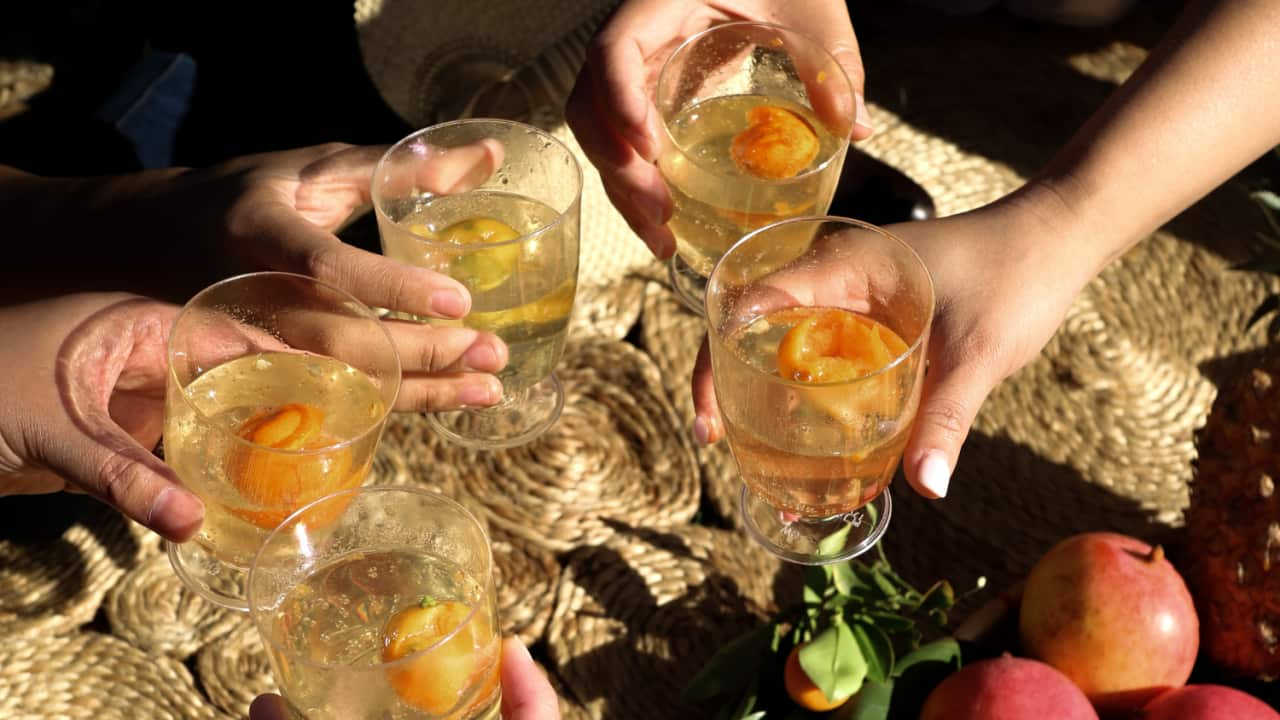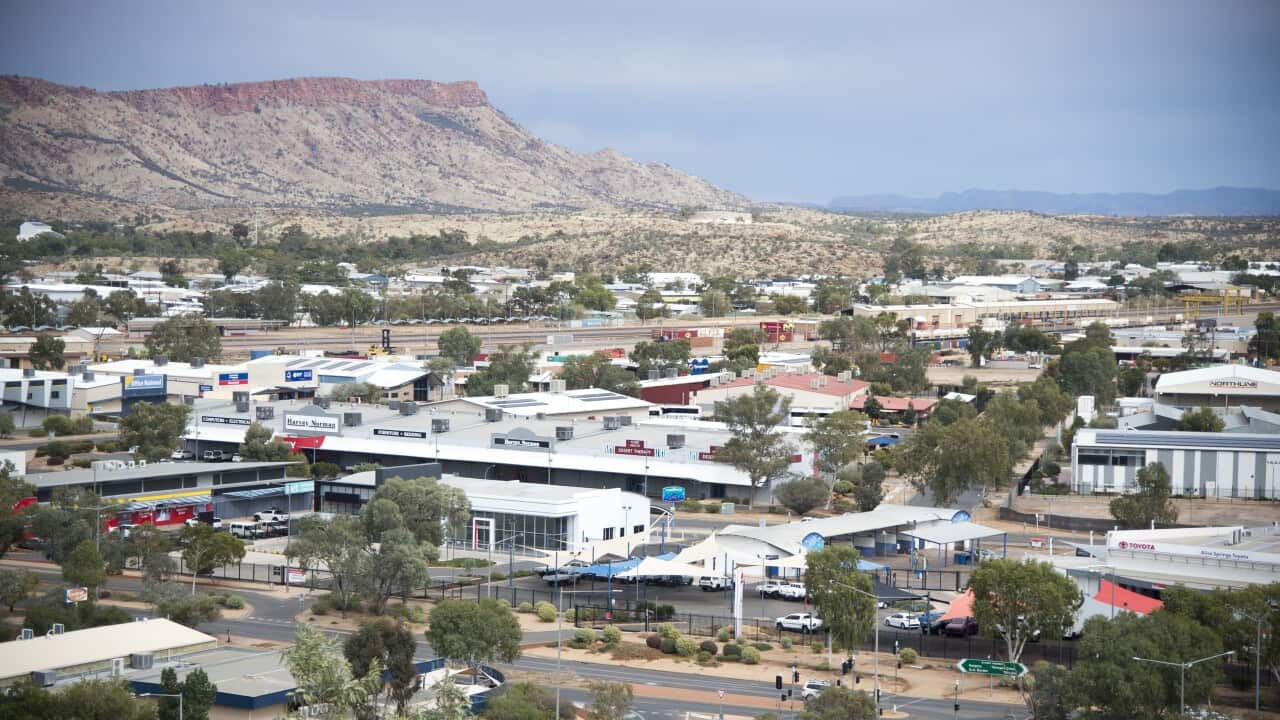Key Points
- Erwan Heussaff collaborated with The Entree. Pinays in producing The Calamansi Story
- He is not a trained chef, he loves to cook.
- He worked in the hospitality industry before devoting his time in digital media.
An abundance of Calamansi trees around Melbourne
"I noticed a lot of Calamansi trees planted around Melbourne and I spoke to Grace and Fides [] and they shared how people here would exchange Calamansi trees and how people were having a hard time looking for the Calamansi. It was something that linked them to their culture and reminded them of home."
This is how the conversation began; and when Heussaff returned to the Philippines, another chapter was written.
"When I returned home, I realised nothing much was written or known about the calamansi even though it can be found absolutely everywhere. I thought that contrast is interesting in terms of a story. Something that was taken for granted in the Philippines is something prized in the Filipino diaspora in Australia," he shares.
It was that contrast, irony, and in many ways similarity that started the collaboration between the Manila-based video storyteller and Melbourne-based Entree.Pinays
Being Filipino in different places
Food has always been a big part of his life.
Having worked in hospitality, his various work positions have taken him to Thailand, Russia, China, Vietnam, and France but has lived most of his life in the Philippines. While in the Philippines he immersed himself in Filipino cooking; and because Filipino ingredients are readily available, he has taken its accessibility for granted.
It was only when he started documenting stories around the country that he realised that "a lot of people don’t know much about each other. Because of how our country is shaped, there is that disconnect. A lot of Filipinos don’t know much about other communities or provinces. It’s the same way with Filipinos around Australia and the US. There is that hunger for information about food, and culture but there isn’t enough information."
Digital storytelling
This is where he and his team are trying to bridge that gap through video, "trying to make them proud of their heritage and at the same time make them curious about what’s happening in and out of the country."
It all started with his personal journey, sharing his weight loss experience and the aspiration to live a healthier life in ‘The Fat Kid Inside’.
What was initially a hobby in written form transformed into a more engaging visual form.
"I realised the best way to communicate food, unless you’re eating it is to shoot it with video."
That was more than 12 years ago. Recently, Heussaff realised that the stories were no longer about his personal experience but was someone else’s that he was given the privilege to share.

Erwan Heussaff began writing about his personal experiences through his blog 'The Fat Kid Inside' but soon realised that the stories were no longer about him and shifted his focus to sharing other people's stories; from Erwan Huessaff he shifted to FEATR. Credit: Aly Marie Photography for The Entree.Pinays
"The recipes I realised connected to a person, a time, a place, to history and the only way to do that was to engage with the people who are actually living it. Change happened, from Erwan our stories became FEATR. It was never about me. It was someone else’s story. Featuring the real heroes, the real cooks."
His travels around the country documenting other people’s experiences have made him more appreciative of food and understating the baggage food carries.
"Now I eat very consciously, understanding each ingredient, to understand where all the ingredients come from but also the subtleties of it."

Erwan Heussaff and the Entree.Pinays have collaborated in producing a documentary that aims to provide a deeper understanding of the significance of the citrus fruit, the calamansi to the lives of Filipinos. Taken during the Barrio Fiesta by the Sea at The Seafarers Mission-Victoria during the 2023 Melbourne Food and Wine Festival. Credit: Aly Marie Photography for The Entree.Pinays
"When people cook Filipino food, a lot of the time they focus on what’s wrong. We have a lot of titas and lolas who tell us you can’t do that. Our recipes are passed down from one generation to the next, there is no one way of making anything. I always tell people, when you cook Filipino food instead of focusing on what’s wrong, cook with what feels right. The flavour will come out eventually."
He says it has changed the way he views food and cooking.
"I was always scared of changing recipes because people will think they are nontraditional but now, I have so much more confidence because I have a deep understanding of the history of the dish, the ingredients of the dish."
This he says allows him to share and reach more people "with that understanding, it allows me to be a bit more creative. It allows me to connect; how does everybody in the Philippines know about this food and how do we reach an international audience with it."
'I'm not a chef. I just love to cook.'
"I never liked boxes. In university I took up business and after university, I handled a lot of restaurant groups and large catering companies. I was corporate; then after that, I started making videos but I’m not a filmmaker. I always learned through experience, that’s how I learned by getting my hand dirty.
"I would never call myself a chef. I’m just a home cook who is really interested in the food he is cooking."






